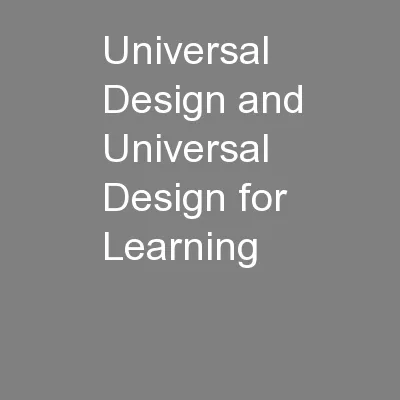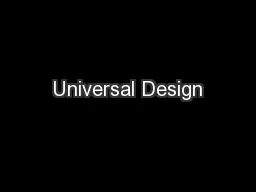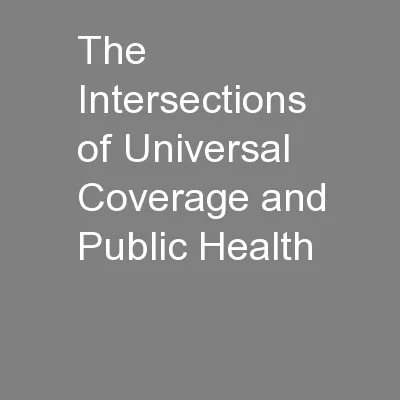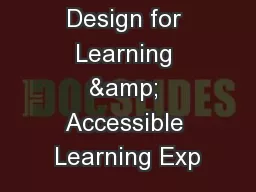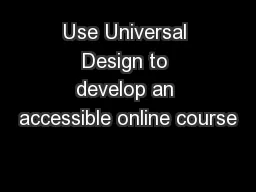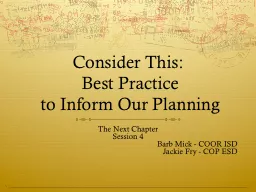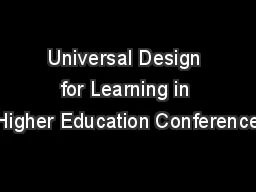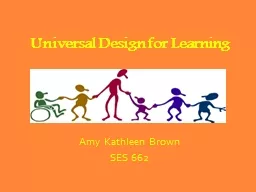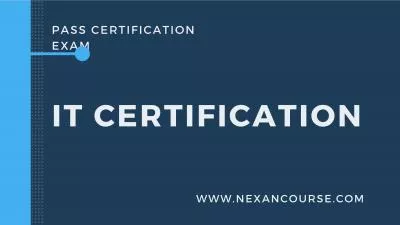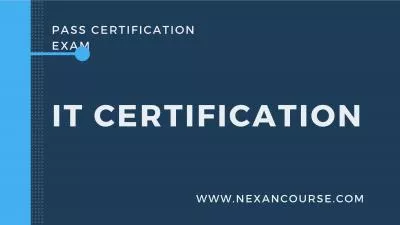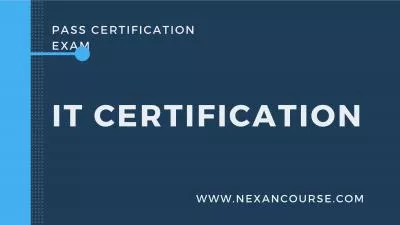PPT-Universal Design and Universal Design for Learning
Author : sherrill-nordquist | Published Date : 2016-06-15
What is UD Usable by all people to the greatest extent possible without the need for adaptation or special design Accessible to everyone from the beginning Just
Presentation Embed Code
Download Presentation
Download Presentation The PPT/PDF document "Universal Design and Universal Design fo..." is the property of its rightful owner. Permission is granted to download and print the materials on this website for personal, non-commercial use only, and to display it on your personal computer provided you do not modify the materials and that you retain all copyright notices contained in the materials. By downloading content from our website, you accept the terms of this agreement.
Universal Design and Universal Design for Learning: Transcript
Download Rules Of Document
"Universal Design and Universal Design for Learning"The content belongs to its owner. You may download and print it for personal use, without modification, and keep all copyright notices. By downloading, you agree to these terms.
Related Documents

